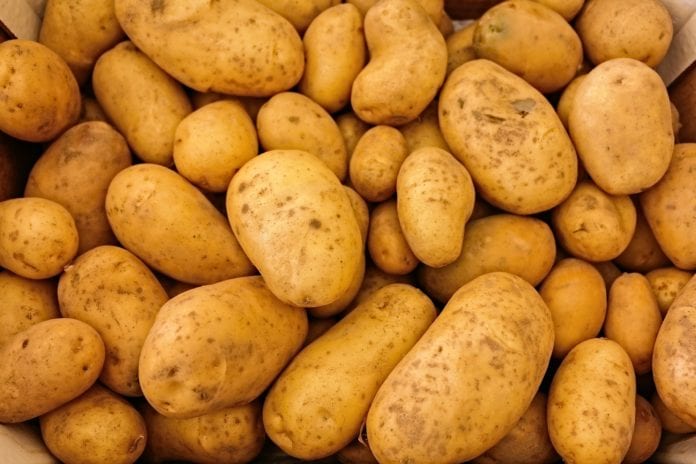I’ve heard growers say, literally countless times, “They’re just little sprouts. They aren’t a big deal.” While it’s true that processors will often accept sprouts up to 1.5 inches, sprouting is actually a big – and unnecessary – deal. Whereas a dormant potato tuber is nature’s ideal moisture storage mechanism, each sprout leaks moisture. The math is simple: less moisture = less weight = less money. As such, any grower who wants to optimize a crop’s returns must prioritize sprout control!
Currently, our industry relies heavily on CIPC for sprout control. And no wonder: so long as a first application is applied by January 1st, CIPC does an admirable job. That said, Europe’s recent decision to not renew CIPC suggests that North American growers should consider other options, both to prepare for future marketing opportunities to Europe and because where Europe leads for regulations, North America often follows.
What other sprout suppressant options do farmers have?
The easiest – but, of course, riskiest – option is the ‘do nothing’ approach. Some table and seed potato growers who store at low temperature and who know they will sell early can occasionally get away with not applying any form of sprout inhibitor or dormancy enhancer. Only those with a very high tolerance for risk should consider this option. Note: tubers that go into storage stressed from poor growing or harvest conditions have a far shorter natural storage season. Since 2019’s harvest was so challenging virtually across North America, opting to go sprout suppressant free this year will be especially risky.
We’re seeing very strong interest in 1,4 DMN, likely due at least in part to growers looking for a sprout suppressant alternative. 1,4 DMN used as a stand-alone does require more than one application for season-long sprout control.
Once sprouting does begin, what options should farmers consider?
Several effective rescue products do exist on the market today. Smell continues to be an issue for some, but not all, of these products. 1,4 Zap, available in Canada since September 2019, does not have a scent issue and is safe for workers. In fact, 24 hours after a custom thermal fogging application of 1,4 Zap, people in the storage building require no personal protective equipment. Expect a 95% burn from 1,4 Zap.
I truly believe growers need to change their mindset about sprouting. You worked hard for your crop: don’t let its value sprout away.








